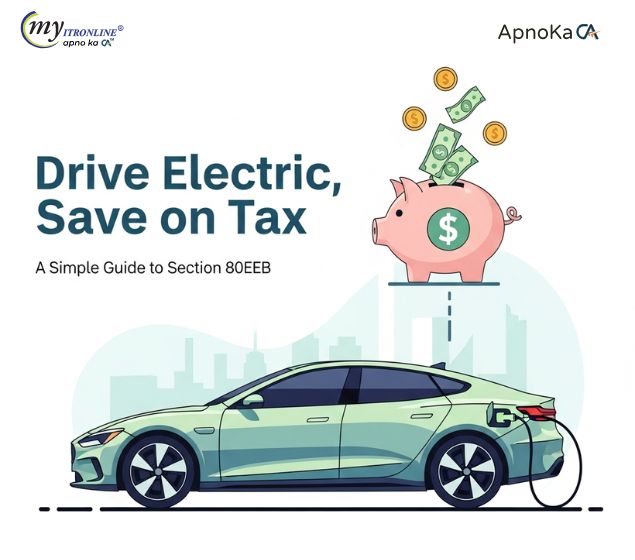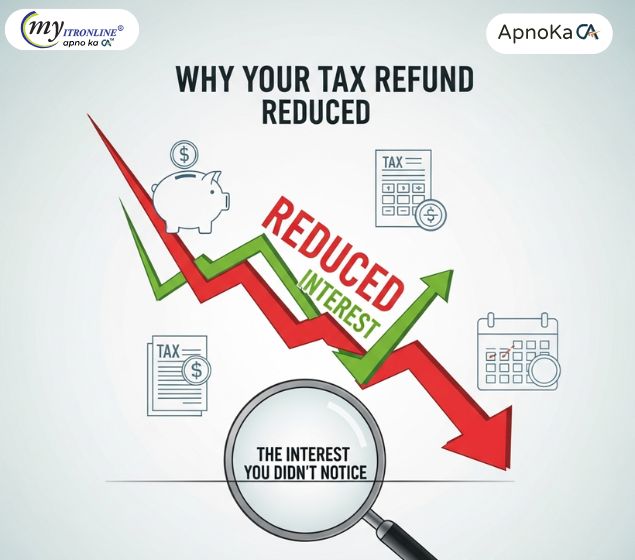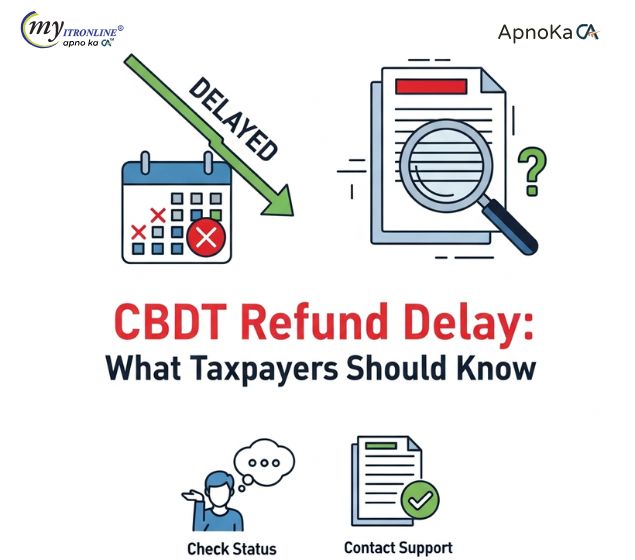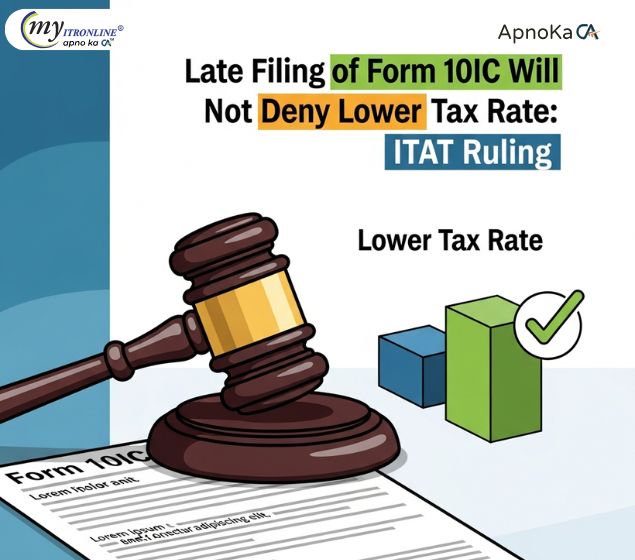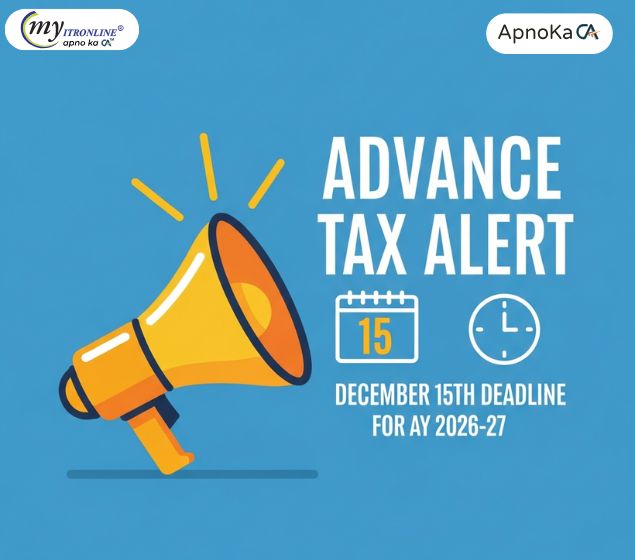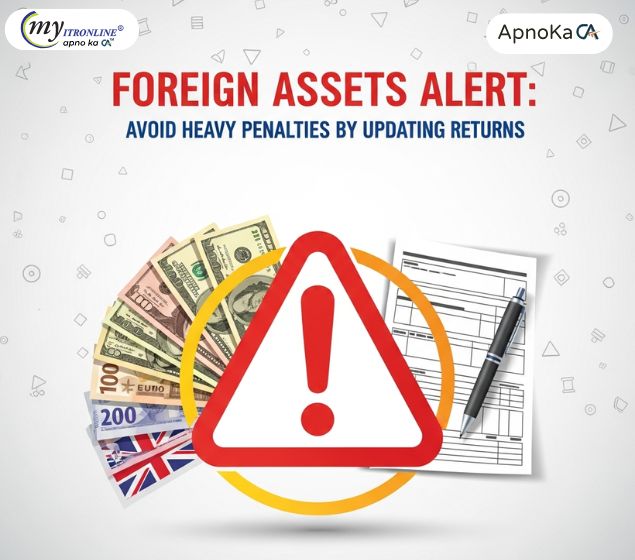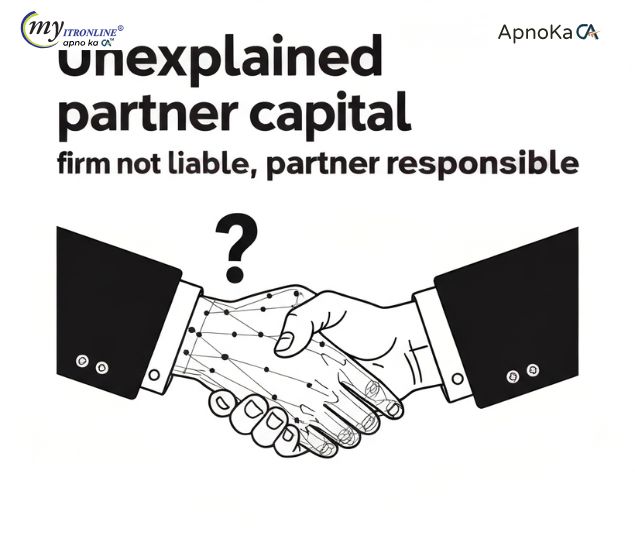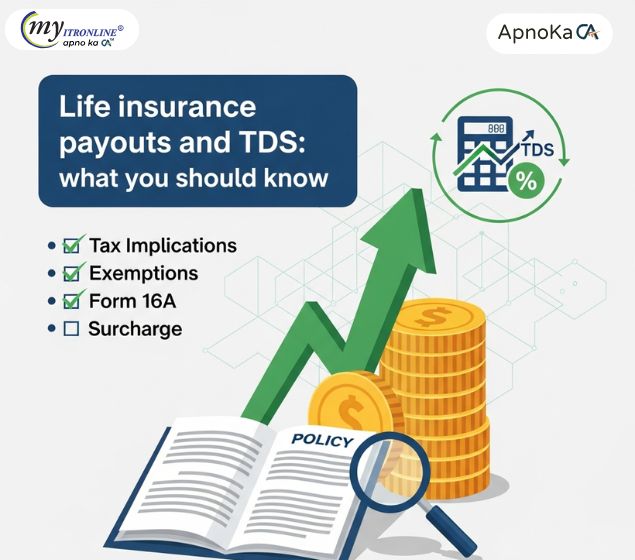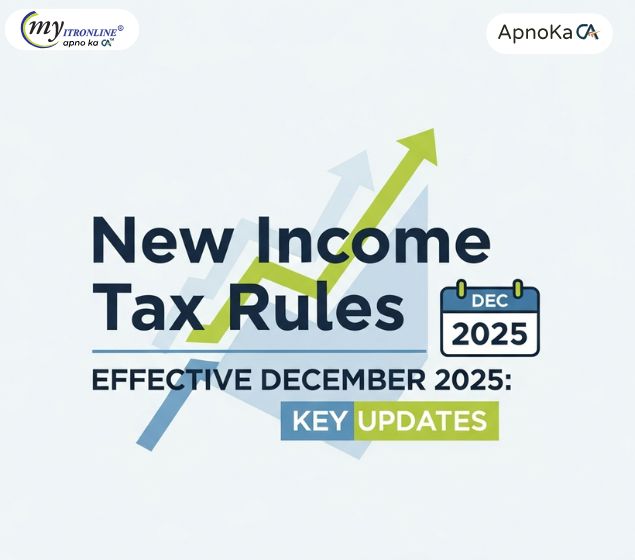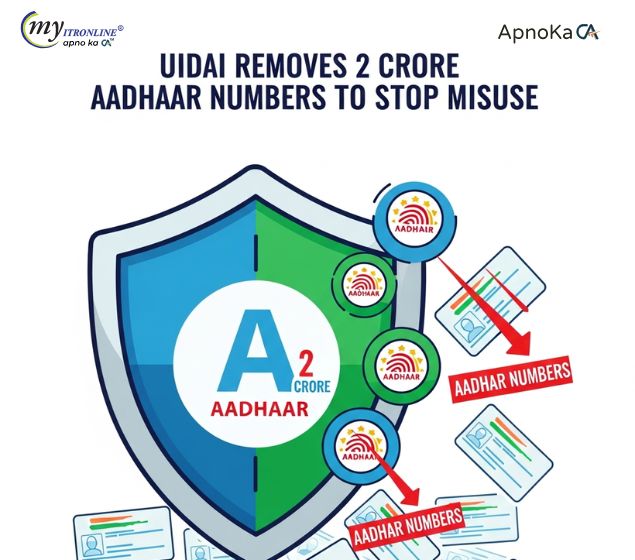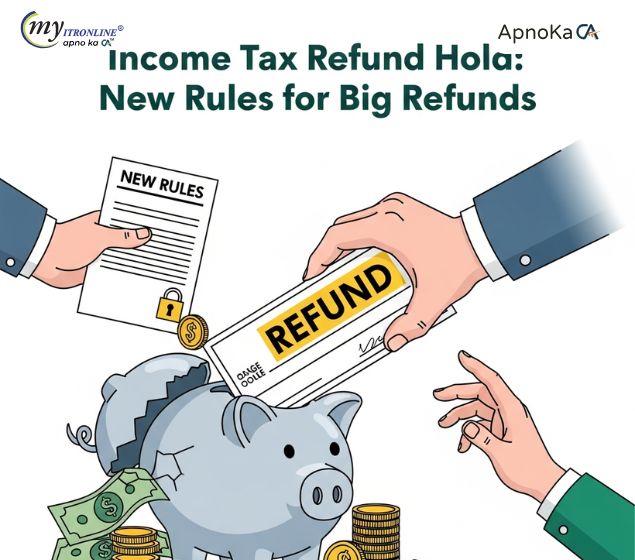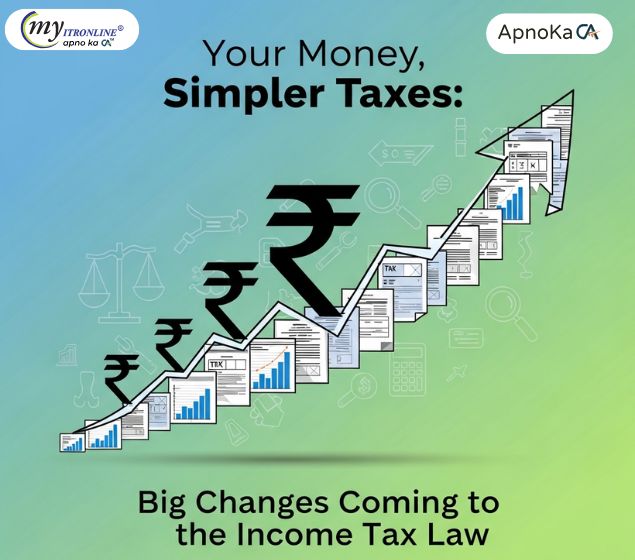Understanding Short-Term Capital Gains (STCG) Tax in India for 2025 (FY 2024-25 & FY 2025-26)
This post explains Short-Term Capital Gains (STCG) tax in India for 2025 (FY 2024-25 & 2025-26). It defines capital assets, details holding periods for STCG classification (e.g., <=12 months for listed equity, <=24 months for property, <=36 months for others), explains STCG calculation, outlines tax rates (15% under Sec 111A for STT-paid equity/EOF vs. slab rates for other assets), and covers loss set-off/carry forward rules and ITR reporting.

Investing and selling assets can lead to profits, known as capital gains. In India, these gains are taxed based on how long you held the asset before selling it. Gains from assets sold relatively quickly are termed Short-Term Capital Gains (STCG) and have specific tax implications. As we navigate 2025 (covering Financial Year 2024-25, assessed in Assessment Year 2025-26, and the ongoing FY 2025-26), understanding STCG tax is crucial for investors and taxpayers.
Let's break down STCG tax in detail.
Before diving into gains, let's clarify what constitutes a 'capital asset'. Generally, it includes property of any kind held by the assessee, whether or not connected with their business or profession. Common examples include:
- Land and Buildings (Property)
- Stocks and Shares
- Mutual Fund Units
- Bonds and Debentures
- Jewellery
- Paintings, Sculptures, Archaeological collections
However, certain items are excluded, such as stock-in-trade (goods held for business purposes), personal effects (movable property like apparel, furniture, vehicles for personal use, subject to certain exclusions like jewellery), agricultural land in rural India, and specific Gold Bonds.
The key factor determining whether a capital gain is short-term or long-term is the holding period – the duration for which you owned the asset before selling it. If the holding period is less than or equal to the threshold specified for that asset type, the resulting gain is classified as STCG.
The holding period thresholds relevant in 2025 are:
| Asset Type | Holding Period to Qualify as Short-Term |
|---|---|
| Equity Shares (Listed on a recognized stock exchange in India) | Less than or equal to 12 months |
| Units of Equity-Oriented Mutual Funds (Listed or Unlisted) | Less than or equal to 12 months |
| Units of listed Debt Mutual Funds / Other listed securities (like Debentures) | Less than or equal to 12 months * (Recent changes might apply based on acquisition date, verify specific fund types) |
| Units of Unlisted Shares | Less than or equal to 24 months |
| Immovable Property (Land, Building, or Both) | Less than or equal to 24 months |
| Units of Debt Funds (Unlisted / acquired before applicable change date) | Less than or equal to 36 months |
| Jewellery, Gold, Other Capital Assets | Less than or equal to 36 months |
Note: Tax laws regarding debt fund taxation (specifically parity between listed/unlisted and indexation benefits) have seen changes. Always verify the specific rules applicable based on the asset and its acquisition date.
Example: If you buy listed equity shares on May 1, 2024, and sell them on April 30, 2025 (holding period = 12 months), the gain is Short-Term Capital Gain. If you sell on May 1, 2025, or later (holding period > 12 months), it becomes Long-Term Capital Gain (LTCG).
Calculating Short-Term Capital Gains (STCG)
The calculation is straightforward:
STCG = Full Value of Consideration Received - (Cost of Acquisition + Cost of Improvement + Expenses incurred wholly and exclusively in connection with such transfer)
Where:
- Full Value of Consideration: The sale price of the asset.
- Cost of Acquisition: The purchase price of the asset.
- Cost of Improvement: Any capital expenditure incurred to enhance the value of the asset.
- Expenses on Transfer: Costs directly related to the sale, like brokerage, commission, stamp duty, legal fees, etc.
Important: Indexation benefit (adjusting the cost for inflation) is NOT available for calculating Short-Term Capital Gains.
The tax rate on STCG depends on the type of asset and whether Securities Transaction Tax (STT) was paid.
STCG under Section 111A:
- Applicability: This applies to STCG arising from the sale of:
- Equity shares listed on a recognized stock exchange in India.
- Units of an equity-oriented mutual fund.
- Condition: Securities Transaction Tax (STT) must have been paid on both the acquisition (in most cases, exceptions exist for IPOs, FPOs, etc.) and the sale of these assets.
- Tax Rate: Flat 15% (plus applicable cess and surcharge).
STCG Taxed at Slab Rates:
- Applicability: This applies to STCG from assets NOT covered under Section 111A. This includes gains from:
- Sale of immovable property (land, building).
- Sale of debt mutual funds.
- Sale of gold, jewellery, bonds, debentures.
- Sale of unlisted shares.
- Sale of listed equity shares/equity MF units where STT is not paid.
- Tax Treatment: The STCG amount is added to your total taxable income for the financial year. It is then taxed according to the income tax slab rates applicable to you under your chosen tax regime (New or Old).
- ₹0 to ₹4,00,000: Nil
- ₹4,00,001 to ₹8,00,000: 5%
- ₹8,00,001 to ₹12,00,000: 10%
- ₹12,00,001 to ₹16,00,000: 15%
- ₹16,00,001 to ₹20,00,000: 20%
- ₹20,00,001 to ₹24,00,000: 25%
- Above ₹24,00,000: 30% (Applicable cess and surcharge are extra).
| Type of STCG | Section | Tax Rate |
|---|---|---|
| Listed Equity Shares / Equity MF Units (STT Paid) | 111A | 15% (+ Cess + Surcharge, if applicable) |
| Debt Funds, Property, Gold, Unlisted Shares, Others (Non-Sec 111A) | Normal Prov | Added to Income & Taxed at Applicable Slab Rate |
What if you incur a loss instead of a gain?
- Set-off: A Short-Term Capital Loss (STCL) incurred in a financial year can be set off against:
- Any Short-Term Capital Gain (STCG) in the same year.
- Any Long-Term Capital Gain (LTCG) in the same year.
- Carry Forward: If the STCL cannot be fully set off in the same year, the unabsorbed loss can be carried forward for up to 8 assessment years immediately following the assessment year in which the loss was1 incurred.
1.
incometaxmanagement.com
incometaxmanagement.com - Future Set-off: In subsequent years, the carried-forward STCL can only be set off against future STCG or LTCG.
Important Note: A Long-Term Capital Loss (LTCL) can ONLY be set off against LTCG. It cannot be set off against STCG. Filing your income tax return by the due date is mandatory to carry forward losses.
The taxation of STCG (the rates under Section 111A and the principle of adding other STCG to income) is generally the same under both the New Tax Regime (Sec 115BAC) and the Old Tax Regime.
The primary difference arises when STCG is taxed at slab rates. The applicable slab rates themselves differ between the two regimes. Choose the regime that is more beneficial overall, considering all your income and potential deductions/exemptions.
You need to report your STCG calculations accurately in your Income Tax Return. This is typically done in Schedule CG (Capital Gains) of forms like ITR-2 (for individuals/HUFs not having business income) or ITR-3 (for individuals/HUFs with business income). You'll need details like sale consideration, cost of acquisition, dates of purchase and sale, and calculation of gain/loss for each asset sold.
- Maintain Records: Keep meticulous records of purchase dates, costs, sale dates, sale values, and any related expenses (brokerage notes, purchase/sale deeds, improvement costs).
- Verify STT: Ensure STT payment details are available for gains claimed under Section 111A. Broker statements usually provide this.
- Advance Tax: If your total tax liability (including tax on STCG) for the year is expected to exceed ₹10,000, you might need to pay advance tax in installments throughout the year to avoid interest penalties. STCG tax liability should be paid in the installment(s) due after the gain is realized.
- Consult an Expert: If you have complex transactions or are unsure about the tax implications, consulting a qualified tax advisor is always recommended.
Short-Term Capital Gains tax is a significant component of India's tax structure for investors. In 2025, the critical factors remain the holding period (determining if the gain is short-term) and the nature of the asset combined with STT payment (determining the applicable tax rate – 15% or slab rates). Understanding these rules, accurately calculating gains, utilizing loss set-off provisions correctly, and timely reporting are essential for tax compliance.
FILING YOUR INCOME TAX RETURN F.Y 2024-25 (A.Y. 2025-2026) WITH MYITRONLINE
The income tax filing deadline is right around the corner. If you haven’t filed yet, do it today with Myitronline! Avoid last minute rush and file your tax return today on MYITRONLINE in Just 5 mins.(www.myitronline.com)
If you are looking for eCA assistance to file your income tax return/ GST, you can opt for MYITRONLINE eCA assisted plan starting
Upload Salary Individual Form-16
If you have any questions with filing your tax return, please reply to this mail. info@myitronline.com OR call 9971055886,8130309886.
Note-All the aforementioned information in the article is taken from authentic resources and has been published after moderation. Any change in the information other than fact must be believed as a human error. For queries mail us at marketing@myitronline.com
Krishna Gopal Varshney
An editor at apnokacaKrishna Gopal Varshney, Founder & CEO of Myitronline Global Services Private Limited at Delhi. A dedicated and tireless Expert Service Provider for the clients seeking tax filing assistance and all other essential requirements associated with Business/Professional establishment. Connect to us and let us give the Best Support to make you a Success. Visit our website for latest Business News and IT Updates.
Leave a reply
Your email address will not be published. Required fields are marked *Share this article
Krishna Gopal Varshney, Founder & CEO of Myitronline Global Services Private Limited at Delhi. A dedicated and tireless Expert Service Provider for the clients seeking tax filing assistance and all other essential requirements associated with Business/Professional establishment. Connect to us and let us give the Best Support to make you a Success. Visit our website for latest Business News and IT Updates.
View articles








